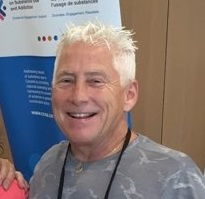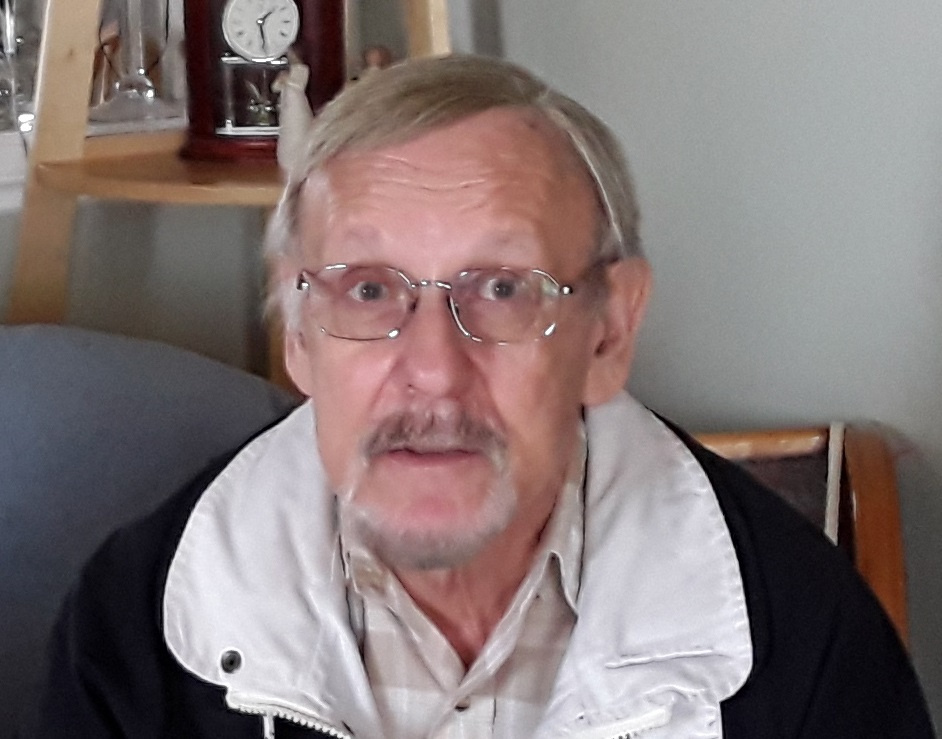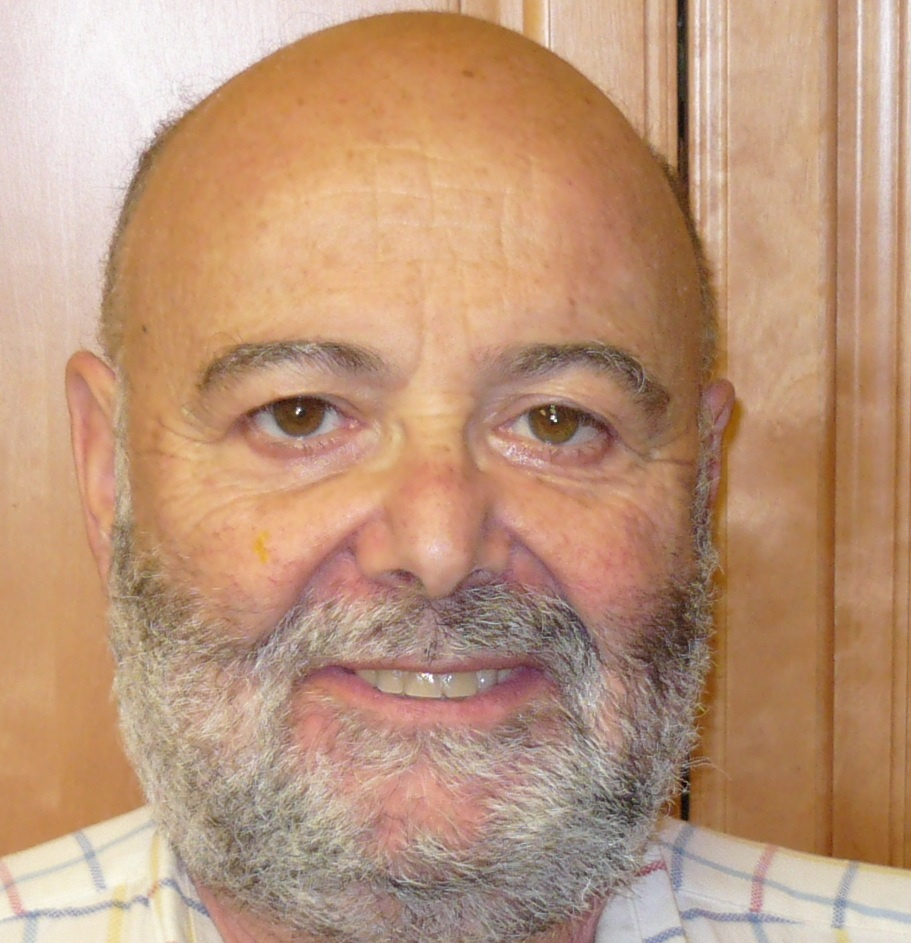About
The Chronic Pain Association of Canada (CPAC) grew out of a need for change and support for people suffering from chronic pain. In the mid 1980’s, a small group of individuals met in a physician’s office, and after discovering that they were all there for the same reason, decided to meet together and support each other in their struggle to survive the nightmare of constant pain.
We believe all Canadians have the right to:
have our pain treated
be believed
be treated with respect
the best possible technology in pain management
know about all the pain management options so we can make best decisions for our own pain
live with the least amount of pain possible
The work carried out by CPAC has been done primarily by volunteers, most of whom suffer with pain.

Terry Bremner, President
Terry has lived with pain for over 50 years. In 2000 he volunteered for the North American Chronic Pain Association of Canada (NACPAC) as Vice President. In 2002 Terry moved his volunteer work to the Chronic Pain Association of Canada which NACPAC had just amalgamated with. This allowed the opening of more peer to peer educational support groups and was very successful across Canada. These groups existed from St. Anthony NL to Comox, Victoria Island with groups in all provinces. Through CPAC, Terry has directly influenced the start-up of more than 60 support groups and been directly involved in over 100 Chronic Pain Educational Forums. Terry is also serving as chair of Action Atlantic Pain Society since 2006. Terry’s expertise and knowledge has been sought out by numerous print outlets, radio and television networks on the subject of pain and how it affects those who suffer.

Barry Ulmer, Executive Director
Barry Ulmer, the Executive Director of The Chronic Pain Association of Canada has been involved in the field of pain management for over 30 years. He is a founding member of the Association and has been Executive Director shortly after incorporation. He has served on the Board of Directors of the Canadian Pain Society as a patient representative and with the Canadian Pain Coalition. He was also part of the patient committee who wrote the first National Guideline in 2010. He has served on the faculty of the Oral Facial Pain Clinic, Department of Medicine and Dentistry, University of Alberta, Edmonton. Mr. Ulmer is a past member of the Canadian Pain Society, the American Pain Society and the International Association for the Study of Pain. He presently serves on an Alberta task force writing pain strategy as well as the Opioid Response Team developed by Health Canada.
During his tenure with The Chronic Pain Association of Canada Mr. Ulmer has worked directly with the Pain Society of Alberta and was part of the group that wrote an Alberta Guideline in 2015. He has attended numerous conferences on pain and has presented at the annual pain conference of the Canadian Pain Society. Mr. Ulmer has served on various committees concerning the education of physicians to improve their knowledge of pain. He has also worked with numerous federal and provincial Health Ministers over the past 30 years.

Ann Marie Gaudon, Volunteer
Suffering pain herself for more than 30 years, Ann Marie knows how chronic pain can shrink lives physically, psychologically, and socially, and has dedicated her career to those afflicted, misunderstood, and unnecessarily hurt because of it. A mental health therapist specializing in managing chronic pain, she counsels adults of all ages, in all conditions, and with many different diagnoses. She also volunteers on behalf of the vulnerable and the voiceless. That work has become a moral imperative for her, now that people with pain---increasingly scapegoated as "problem users" and blamed for overdoses---have become political pawns and are suffering devastating consequences.
Ann Marie founded and helps lead a support group for people with pelvic pain and writes regularly for Pain News Network. She's a proud volunteer for CPAC. For her, as with CPAC, "pain is pain---regardless of the cause." She often says “chronic pain – treat it with whatever it takes.” Ann Marie lives in the region of Waterloo, Ontario.

Marvin Ross, Volunteer
Marvin Ross is a medical writer and publisher in Dundas, Ontario who has a family member suffering from chronic pain. Over the last few years, his articles about the plight faced by pain patients have appeared in Huffington Post, Pain News Network, the Hamilton Spectator and in the Canadian Medical Association Journal. He has been a guest on the syndicated Roy Green Show multiple times discussing this issue.
| |
The Chronic Pain Association of Canada grew out of a need for change and support for people suffering from chronic pain.
In the mid 1980’s, a small group of individuals met in a physician’s office, and after discovering that they were all there for the same reason, decided to meet together and support each other in their struggle to survive the nightmare of constant pain.
As the meetings progressed, it was decided that change must happen in the acceptance and the treatment of the very real pain that people had. Efforts were put forward on an ad hoc basis over the next few years. Because most of the people in the group suffered from pain, it was very hard to maintain a persistent and productive level of work. It was decided in 1993, that the Association should incorporate as a not for profit society and register with revenue Canada as an official charity. This was accomplished with the assistance of close family members. Efforts then increased in contacting various medical professionals, government departments and others who could help us reach our goals.
Some of our initiatives and successes are listed below.
We have successfully convinced the Faculty of Medicine and Oral Health at the University of Alberta to include the diagnosis and treatment of chronic pain in the new curriculum starting in 1999.
- We have, through the support of the Edmonton Community Foundation, written a comprehensive Support Group Manual that is used by support groups formed under our Association.
- We have successfully held over 40 Chronic Pain Awareness and Education Forums in the Edmonton and surrounding areas, and over 3,500 people have attended these forums.
- We have successfully networked with other groups to help inform their members of all the methods available to help manage pain.
- We have developed relationships with medical research groups, clinicians, and practitioners around the world, to increase our knowledge about chronic pain.
- We have initiated contacts with Health Canada to develop a means of influencing all teaching facilities in Canada, to adopt the new curriculum which the University of Alberta has begun.
- We have initiated contacts with Alberta Health to work with our association to improve the area of education.
- We have contacted the regulatory bodies to begin a partnership to create awareness about the need to properly treat people in chronic pain.
- We are working within the health regions to establish complete multidisciplinary pain management centers.
- We have developed a speaker’s bureau and speak regularly to service clubs and other groups who request information concerning chronic pain.
- We worked with the Department of Continuing Medical Education to develop continuing education seminars to help those physicians seeking to improve their knowledge about chronic pain management.
Lately, we have worked with the Canadian Pain society, who have developed and published an excellent Position Statement on Pain Relief. We have forwarded this paper to all the Medical Boards and Associations in Canada. We encouraged them to take it to their members and discuss adopting the principles in this statement. At this time we have heard favourable back from the British Columbia Medical Association, the Yukon Medical Association, the Medical Society of Nova Scotia and the College of Family Physicians. The following is the position statement on pain relief.
| |
Position Statement on Pain Relief
Almost all acute and cancer pain can be relieved, and many patients with chronic non-malignant pain can be helped. Patients have the right to the best pain relief possible.
Unrelieved acute pain complicates recovery. Unrelieved pain after surgery or injury results in more complications, longer hospital stays, greater disability and potential long-term pain.
Routine assessment is essential for effective management. Pain is a subjective and highly variable experience. Therefore patient’s self-report of pain should be used whenever possible. For patients unable to report pain, a nonverbal assessment method must be used. Health professionals have a responsibility to assess pain routinely, to believe patients’ reports, and to document pain reports, and to intervene in order to prevent pain.
The best pain management involves patients, families, and health professionals. Patients and families must be informed that they have a right to the best pain relief possible and encouraged to communicate the severity of their pain. Patients, families and health professionals need to understand pain management strategies, including non-pharmacological techniques and the appropriate use of opioids.
While we are very proud of these initiatives and accomplishments, we know that there is still much work to be done. There is still the trend of dealing with chronic pain and its subsequent disability by denying its reality. We, as the Chronic Pain Association of Canada, will continue to work towards meeting our goals and ensuring that the condition of chronic pain does not remain in the dark, does not continue to destroy lives and that sufferers of chronic pain can find the help they need to live a decent life. Short changing people when they are the most vulnerable should not be the way pain is handled.

